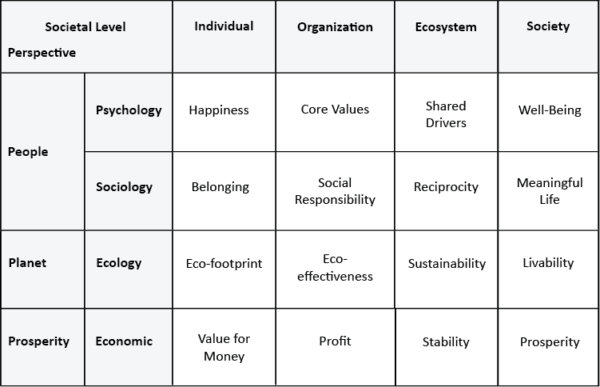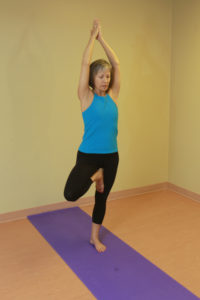Opportunities surround the one who does not judge a situation as good or bad but simply remains open, trusting and persistent in effort and approach. Jackson Kiddard
Since 2007, my STS Roundtable colleagues and I have participated in a virtual and f2f discovery journey in order to understand the New Normal environment we live in as well as how to co-design, with our clients, happy, healthy and humane ways to organize and coordinate their work places. Many wonderful surprises, initiatives and relationships emerged to solidify our knowledge and experience of the contemporary world of work. I am delighted to have one of my discovery colleagues, Carolyn Ordowich, as today’s guest blogger and integrator extraordinaire. In this blog, Carolyn shares some of our community’s discoveries and co-creative tools as we venture into a new stage on our learning journey.
Assumptions Driving Discovery in the New Normal
Our institutions are not living up to our expectations. In all key workplaces of society — schools, healthcare, commercial, industrial and political institutions — we collectively produce results that few people want. Nonetheless, these workplaces are an important context for the development of people and shape the kinds of initiatives they take to address challenges in their respective arenas. In order to not repeat the failing patterns of the past, it is important to approach these challenges with both new principles and processes for designing as well as new forms for organizing and collaborating on the initiatives people take.
As a start, we have to unlearn what is no longer true about organizing work, that is, understand what we thought of as “work” has changed but also where and how it is still the same. To illustrate, humanity’s most common response to addressing societal issues is to react to a crisis and then call on existing habits and routines for resolution. However, experience teaches us it often takes more than ‘fixes from the past’ so we redesign the underlying work structures and processes. Argyris called this single-loop learning— reflecting on our actions and making changes accordingly. Double-loop learning takes us a step further by including reflection on the deep, taken-for-granted assumptions our actions are rooted in so as to reframe our underlying patterns of thought. Both single- and double-loop responses are driven by past experience. In today’s turbulent, complex and rapidly changing global context, reflecting on past experience is necessary but not sufficient. The third and more sophisticated learning loop is sense-making or learning from the future as it emerges. This entails linking directly with prototypes of future potential and adapting immediately as one learns, referred to in some design arenas as rapid prototyping.
Sense-making in this New Normal environment led the STS Roundtable to collaborate with its European STS counterpart, the Ulbo de Sitter Institute, in a three-year learning journey. The aim of our sense-making journey is to evolve an ecosystem of people and organizations committed to co-creating healthy, humane and innovative communities of work. To achieve that end, we are organizing our yearly conferences and interim work to build shared will, harvest our best ideas from around the world and demonstrate results.
A Learning Design Framework
Many different disciplines are engaged in enabling healthy, humane and innovative communities of work with each putting forward its own language and models. Integrating these diverse tools, models and methods to build robust communities of work requires special attention to how each of the different roles (academics, students, consultants, service providers, management, labor) or different disciplines (psychology, sociology, anthropology, economics, etc.) help people make sense of their world.
Socio-cultural anthropology helps us to see how we reproduce existing patterns of behavior and thought and thus how we might break free to generate a transformation in our thinking and relationships. Given that our STS ecosystem community needs a new way of seeing or paying attention to the world so as to suspend our habitual judgments, we chose to use an anthropological learning approach to help us —
• articulate our commonalities and differences
• better relate to one another as learners
• co-create healthy, humane and innovative communities of work
As our community relationships begin to work, insights will develop, be experimented with and evolve new organization design principles to support healthy, humane and innovative work contexts.
An Anthropological Approach
In socio-cultural anthropology, we try to understand other groups, disciplines or communities in terms of their own cultural values and symbols (language, models). Culture is neither seen as right nor wrong but rather as an integrated system of shared ideas, behaviors or artifacts characteristic of a group. No ‘organized’ culture is perfectly integrated, clearly bounded or isolated, as there are many sub-groups where contradictions can exist. Contradictions occur, particularly during times of constant change, in what individuals or sub-groups believe about how people behave when they interact face to face or about what material or space is important in working day to day issues. If one sub-group is dominant, other sub-cultures become disadvantaged. For our purposes, understanding the ways in which individuals negotiate the global impact of their work on the environments of other individuals and groups is a valuable contribution to the study and co-creation of healthy, humane and innovative communities of work.
Our 2013 learning conference is designed to explore three key lenses or perspectives — People Well-Being & Meaningful Life (psychological and sociological), Planet Livability (ecological), and Prosperity (economical) — in order to develop a shared view of how these perspectives support healthy, humane and innovative communities of work. Understanding what things are valued by people, and why, is essential for understanding their feelings towards new solutions and what actions can be expected. These perspectives are identified using language at the societal level (see image below), but the concepts can also be thought of at the other social levels of individual, organization and ecosystem (Ouden 2012).
Reference:
Den Ouden, Elke. 2012. Innovation Design – Creating Value For People, Organizations and Society. Springer.
Carolyn Ordowich
As an individual reading this blog and with regard to your ‘community’ of work, what one action can you take today to co-create happiness, belonging and a valuable contribution all the while doing no harm to the planet?






